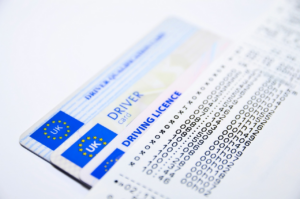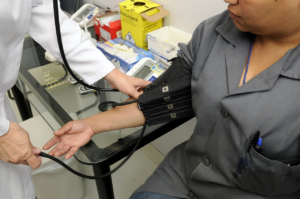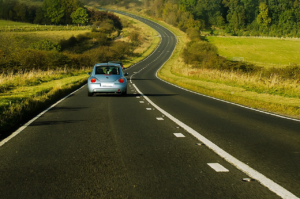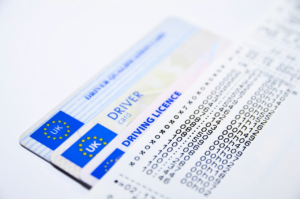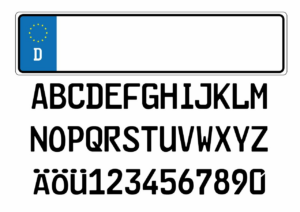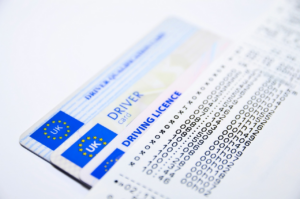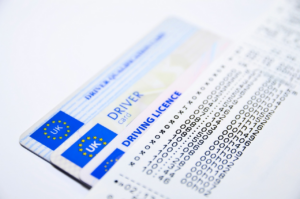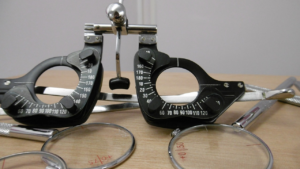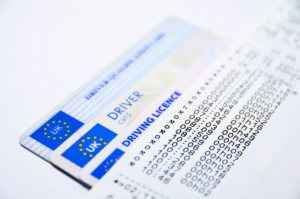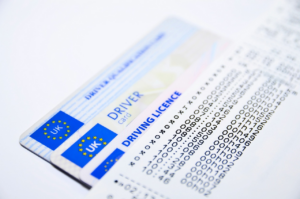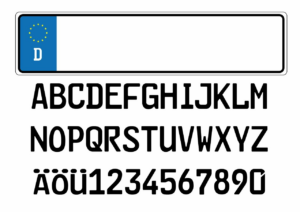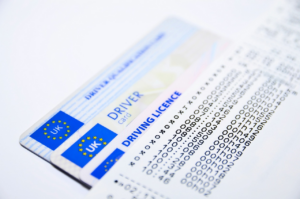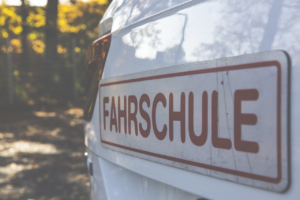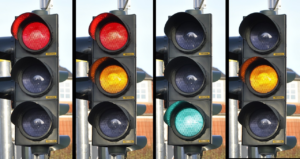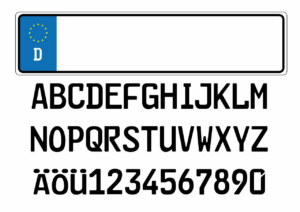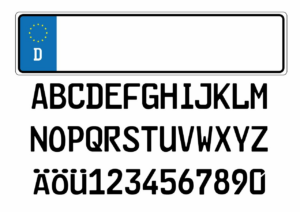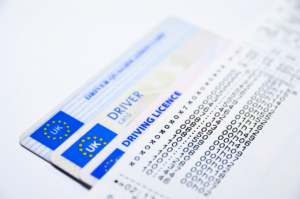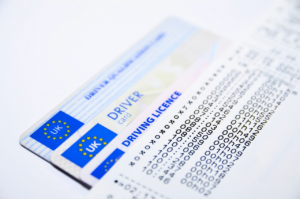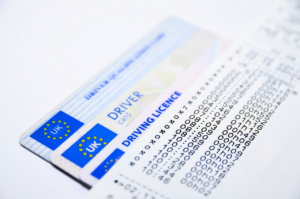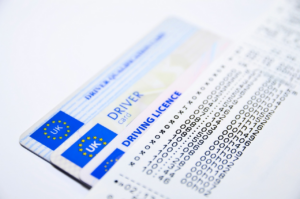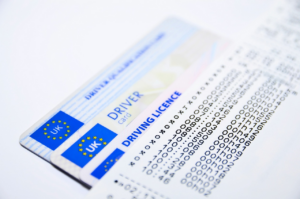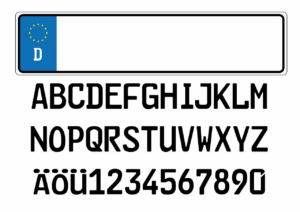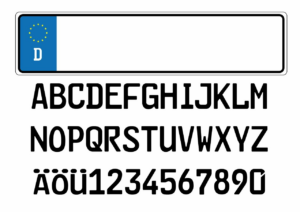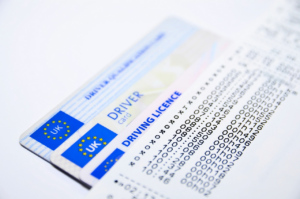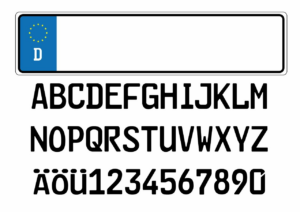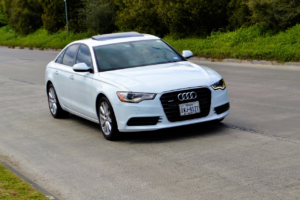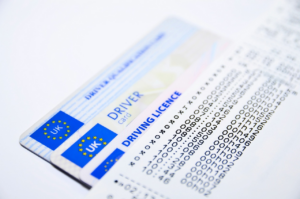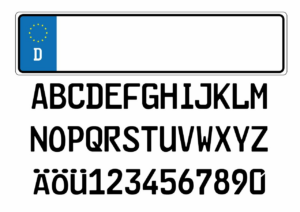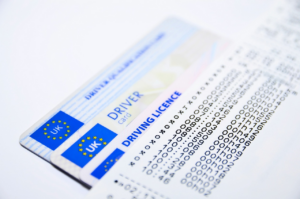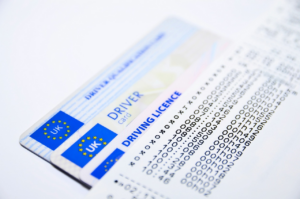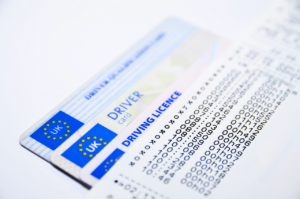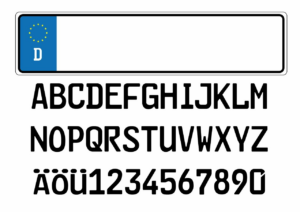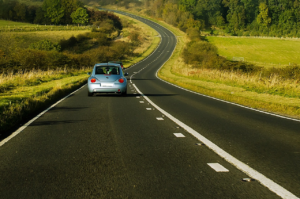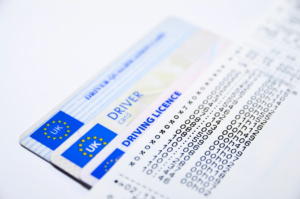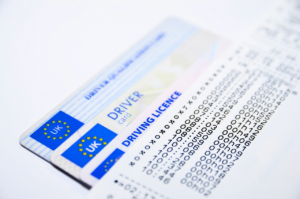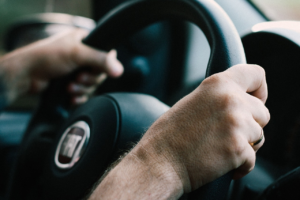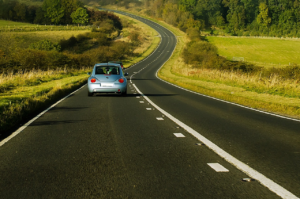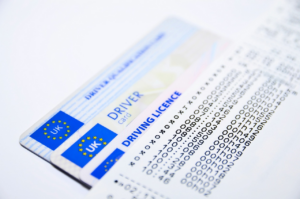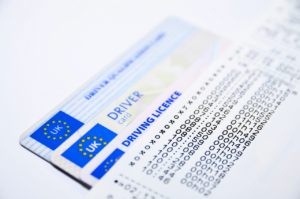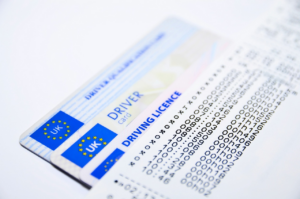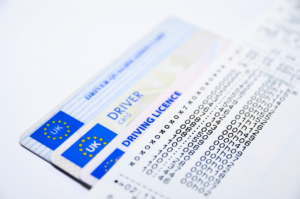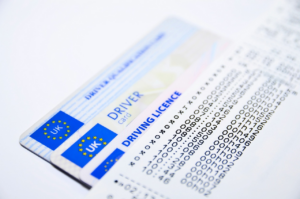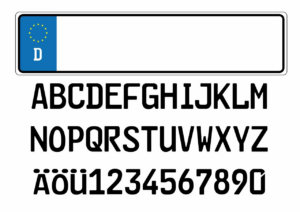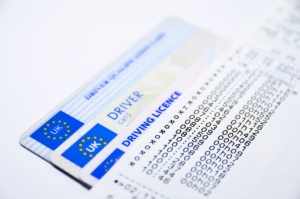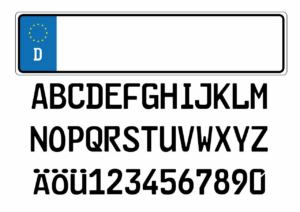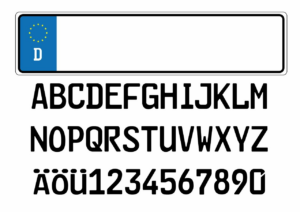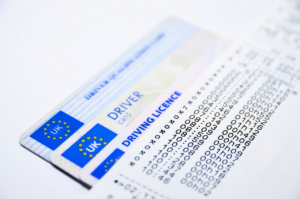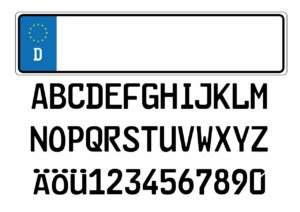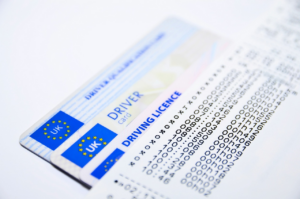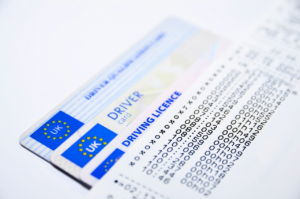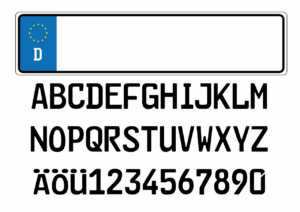If you are a new resident in the UK, getting a driving licence should be one of your top priorities. Having a UK driving licence is not only a legal requirement for driving on UK roads, but it also offers numerous benefits. Whether you are planning to drive for personal or professional reasons, having a driving licence will give you the freedom and flexibility to go wherever you want, whenever you want.
Driving in the UK is an essential part of daily life for many people, and it is a convenient and efficient way to get around. With a UK driving licence, you can drive a car, motorcycle, or any other vehicle legally on UK roads. You will be able to explore the beautiful countryside, visit new places, and commute to work or school without relying on public transportation.
Moreover, having a UK driving licence can also improve your job prospects, as many employers require their employees to have a valid driving licence. So, if you want to fully integrate into UK society and enjoy all the benefits that come with driving, getting a UK driving licence is essential.
Legal Requirements for Driving in the UK
Complying with the legal regulations for operating a vehicle in the United Kingdom is crucial for individuals who wish to navigate the roads safely and lawfully. The UK law requires that anyone who intends to drive on the public roads must obtain a valid driving licence.
If you’re a new resident, you must exchange your foreign driver’s licence for a UK driving licence within the first 12 months of living in the UK. Failure to comply with this requirement can result in hefty fines, points on your licence, or even disqualification from driving altogether.
The UK driving test is designed to ensure that drivers possess the necessary skills and knowledge to operate a vehicle safely on the roads. The test includes a theory and practical examination, which assesses your ability to control the vehicle, navigate the roads, and demonstrate a good understanding of the highway code.
Once you pass the test, you’ll be issued with a full UK driving licence, which will allow you to drive on the roads legally. Having a UK driving licence not only ensures that you comply with the law but also demonstrates your competence as a driver, making you a safer driver and reducing your risk of accidents on the road.
Benefits of Driving in the UK
You’ll love the freedom of cruising down winding country roads, feeling the wind in your hair and taking in the stunning scenery around you. Having a UK driving licence opens up a whole new world of adventure for you.
From exploring the countryside to discovering hidden gems in the city, driving gives you the ability to go wherever you want, whenever you want. Not only does driving in the UK give you the freedom to explore, but it also makes your daily life easier.
Commuting to work or school becomes a breeze when you have your own car. You won’t have to worry about catching the bus or train on time, or dealing with crowded public transportation. With a car, you can arrive at your destination on your own schedule and without any hassle.
So, if you’re a new resident in the UK, getting your driving licence should be a top priority.
Types of UK Driving Licences
If you want to hit the road and explore the UK, knowing the different types of driving licences available to you is important.
There are three types of UK driving licences: provisional, full, and international. A provisional licence allows you to drive with a qualified driver until you pass your driving test, while a full licence allows you to drive on your own. An international driving permit may be required if you’re a non-UK resident and plan to drive in the UK.
To obtain a UK driving licence, you must pass a driving theory test and a practical driving test. The type of licence you can obtain depends on your age and the type of vehicle you want to drive. For example, if you’re 16 years old, you can apply for a provisional licence to drive a moped or light quad bike. If you’re 17 years old, you can apply for a provisional licence to drive a car.
Knowing which type of licence you need is essential to legally drive in the UK.
Eligibility for Obtaining a UK Driving Licence
To obtain a UK driving licence, you’ll need to meet certain eligibility requirements, such as being at least 17 years old for a car licence, and passing both the theory and practical tests. You must also have a valid UK residency permit, and not be disqualified from driving for any reason.
The UK driving licence application process can be quite complicated, so it’s important to make sure you have all the necessary documentation before you begin. The three most important things to have are proof of your identity, proof of your address, and proof of your eligibility to drive in the UK.
These documents might include your passport, a utility bill in your name, and your residency permit or visa. By making sure you meet all the eligibility requirements and have the right documentation, you can successfully obtain your UK driving licence and enjoy the freedom and independence that comes with driving on UK roads.
Required Documents and Fees
Now it’s time to gather up the necessary documents and fees for obtaining your UK driving permit.
The required documents for getting your driving licence include a valid passport, a residency permit, a National Insurance number, and proof of your current address. You’ll also need to complete a D1 application form, which you can get from the Post Office or online. Make sure to provide accurate information on the form and sign it before submitting it along with the other documents.
Once you have all the required documents, you’ll need to pay the fee for your driving licence. The current fee for a standard UK driving licence is £34 if you apply online or £43 if you apply by post. If you need to take a driving test, you’ll also need to pay additional fees for the test itself and any driving lessons you may need.
Once you’ve paid the fee, your application will be processed, and if everything is in order, you should receive your driving licence within three weeks.
Remember, having a UK driving licence is an essential requirement for new residents, and it’s important to gather all the necessary documents and fees to obtain it.
How to Apply for a UK Driving Licence
Get behind the wheel and explore the UK by learning how to apply for your very own driving permit. Here’s how you can obtain a UK driving licence:
-
First, you need to complete a driving theory test. You can book and take the test at any of the DVSA-approved test centres. The test consists of multiple-choice questions and a hazard perception test to assess your knowledge of road rules and safety.
-
Once you pass the theory test, you need to take a practical driving test. The test will assess your driving skills and ability to follow traffic rules and regulations. You can book the test through the DVSA website or by calling them.
-
After passing the practical driving test, you will receive your driving licence. You can then start driving in the UK, but make sure to adhere to all the road rules and regulations.
Obtaining a UK driving licence is a straightforward process, but it does require preparation and practice. Make sure to study and practice your driving skills before taking the tests to increase your chances of passing. With your own driving licence, you’ll have the freedom to explore the UK at your own pace and convenience.
Preparing for the Driving Test
When preparing for your driving test in the UK, there are three key points to keep in mind.
Firstly, you’ll need to take and pass the theory test which covers road signs, rules, and safety.
Secondly, the practical test will require you to demonstrate your driving skills on the road.
Finally, it’s highly recommended to find a qualified driving instructor who can help you prepare for both tests and provide you with valuable guidance and feedback.
Theory Test
You’ll need to pass a theory test to prove your knowledge of driving rules and road safety before you can hit the road. This test consists of two parts: multiple-choice questions and hazard perception videos.
The first part will assess your understanding of traffic signs and signals, road markings, and general driving knowledge. The second part will test your ability to anticipate and respond to potential hazards on the road.
To prepare for the theory test, you’ll need to study the Highway Code thoroughly. This book contains all the rules and regulations that you need to know as a driver in the UK. Additionally, you can take practice tests online to familiarize yourself with the format of the exam.
On the day of the test, make sure to arrive early and bring your provisional driving licence. With enough preparation and practice, you can pass the theory test and move on to the practical driving test, where you’ll demonstrate your driving skills on the road.
Imagine yourself driving on a busy street and suddenly seeing a pedestrian crossing the road ahead. What do you do?
Picture yourself driving in heavy rain on a motorway and suddenly losing control of your vehicle. How would you react?
Visualize yourself driving on a narrow road with oncoming traffic. What precautions should you take to avoid an accident?
Remember, passing the theory test is a crucial step towards obtaining your UK driving licence. So, take the time to prepare and practice to ensure your success.
Practical Test
Ready to hit the road? The Practical Test is your chance to showcase your driving skills and prove that you’re ready for the real world of driving.
This test evaluates your ability to drive safely and confidently on the road. During the test, you’ll be asked to perform various maneuvers, such as parallel parking, reversing around a corner, and navigating roundabouts. You’ll also be tested on your ability to follow road signs, traffic signals, and speed limits.
To pass the Practical Test, you must demonstrate that you can drive independently and safely, without any assistance from the examiner. You’ll be graded on your observation, anticipation, and reaction skills. The examiner will also assess your ability to make safe and correct decisions while driving.
Passing the Practical Test is essential for new residents, as it allows you to legally drive on UK roads. It’s important to prepare adequately for the test by taking driving lessons and practicing on the road. With enough practice and confidence, you’ll be ready to pass the Practical Test and hit the road as a licensed driver.
Finding a Driving Instructor
Now that you know what to expect from the practical driving test, it’s time to find a driving instructor who can help you prepare for it. This may seem daunting, but it’s essential to choose an instructor who’s qualified and experienced to ensure you receive quality training.
To find a driving instructor, you can start by asking for recommendations from friends and family who’ve already passed their driving test. You can also search online for driving schools in your area and read reviews from previous students.
Once you have a list of potential instructors, it’s important to ask them a few questions to ensure they’re the right fit for you. Here are some things to consider:
-
Qualifications: Make sure the instructor is fully qualified and has a valid driving instructor’s certificate.
-
Experience: Ask how long they’ve been teaching and how many students they’ve helped pass their driving test.
-
Availability: Check if they have availability that fits your schedule.
-
Cost: Inquire about the cost of lessons and if they offer any discounts for block bookings.
By taking the time to find a qualified and experienced driving instructor, you’ll be one step closer to obtaining your UK driving licence and gaining the independence and freedom that come with it.
Renewing or Exchanging a Foreign Driving Licence
If you’ve moved to the United Kingdom from overseas, it’s important to know the steps required to legally operate a vehicle on the roads.
If you have a foreign driving licence, you may be able to use it for a certain period of time. However, if you plan to stay in the UK for an extended period, you will need to renew or exchange your foreign licence.
The process for doing so will depend on the country that issued your licence, but in general, you’ll need to fill out an application form and provide proof of your identity and residency in the UK. You may also need to take a driving test or provide evidence of your driving experience.
It’s important to note that the process for renewing or exchanging a foreign driving licence can be lengthy, so it’s best to start the process as soon as possible. Driving without a valid licence can result in fines and even legal consequences, so it’s important to ensure that your licence is up-to-date.
Additionally, having a UK driving licence can make it easier to rent a car, get car insurance, and apply for certain jobs that require driving.
Overall, renewing or exchanging your foreign driving licence is an essential step for new residents of the UK who plan to drive on the roads.
Frequently Asked Questions
Can I use my international driving licence in the UK?
If you’re planning on driving in the UK with an international driving licence, you may be able to do so for a limited time. However, it’s important to note that after a certain point, you’ll need to obtain a UK driving licence in order to continue driving legally.
Additionally, some insurance companies may not provide coverage if you’re driving on an international licence. It’s recommended that you obtain a UK driving licence as soon as possible after becoming a resident in order to avoid any potential legal or insurance issues. Plus, having a UK driving licence can make things like renting a car or applying for certain jobs much easier.
What are the consequences of driving without a valid UK driving licence?
Driving without a valid UK driving licence can result in serious consequences. If you’re caught driving without a licence, you could face a hefty fine, penalty points on your licence, and even disqualification from driving.
Not only that, but driving without a valid licence can also impact your insurance, making it difficult to obtain coverage in the future. It’s essential that you obtain a UK driving licence if you’re a new resident. This not only ensures that you’re legally allowed to drive on UK roads but also gives you access to all the benefits that come with having a proper licence.
So, if you want to avoid any trouble with the law and ensure your safety on the road, make sure you get your UK driving licence as soon as possible.
Is there a difference in the driving laws and regulations between England, Scotland, Wales and Northern Ireland?
If you’re planning to drive in the UK, it’s important to be aware of the differences in driving laws and regulations between England, Scotland, Wales and Northern Ireland.
While many of the basic rules of the road are the same across the country, there are some key differences that you need to be aware of.
For example, speed limits can vary depending on the type of road you’re driving on, and some roads in rural areas may have single-lane sections where you need to be extra careful.
Additionally, there are different rules around parking and using mobile phones while driving in different parts of the country.
It’s important to familiarize yourself with these differences to ensure that you stay safe and avoid any potential legal trouble while driving in the UK.
How long does it take to obtain a UK driving licence?
Are you interested in obtaining a UK driving licence? The process can take anywhere from a few weeks to several months, depending on various factors such as your current driving experience and ability to pass the necessary tests.
To begin, you’ll need to apply for a provisional licence and then take both a theory test and a practical driving test. It’s important to note that having a UK driving licence is not only a legal requirement for driving on British roads, but it can also be essential for new residents who rely on driving as their primary mode of transportation.
Without a licence, you may face difficulties in finding employment or accessing certain services, so it’s worth investing the time and effort to obtain one.
What happens if I fail the driving test? Can I retake it?
If you fail your driving test in the UK, you can retake it after 10 working days. However, you’ll need to book and pay for another test.
It’s important to ensure that you’re fully prepared for the test before taking it again. Take the time to practice and work on any areas where you struggled previously. It’s also a good idea to get feedback from your driving instructor and ask them for advice on how to improve.
Remember, passing the driving test is a requirement for obtaining a UK driving licence, which is essential for new residents who want to drive legally in the UK.
Conclusion
So, there you have it – why having a UK driving licence is essential for new residents. Not only is it a legal requirement, but it also comes with a range of benefits, such as increased independence and flexibility in travel.
Now that you know the types of licences available, the eligibility requirements, and the steps involved in obtaining one, you can begin the process of applying for your UK driving licence.
Remember to gather all the necessary documents and fees, prepare for the driving test, and keep your licence up to date by renewing it or exchanging it if necessary. With your UK driving licence in hand, you’ll be able to hit the road with confidence and ease.




